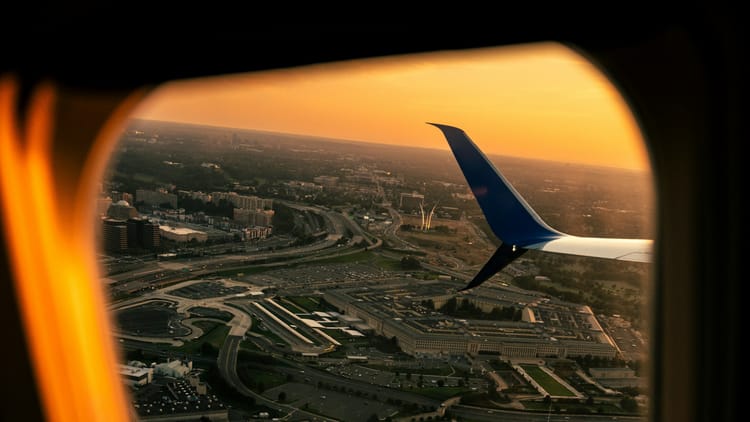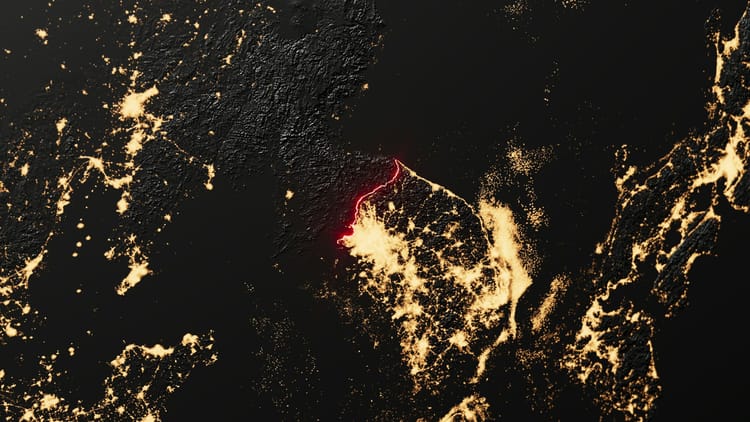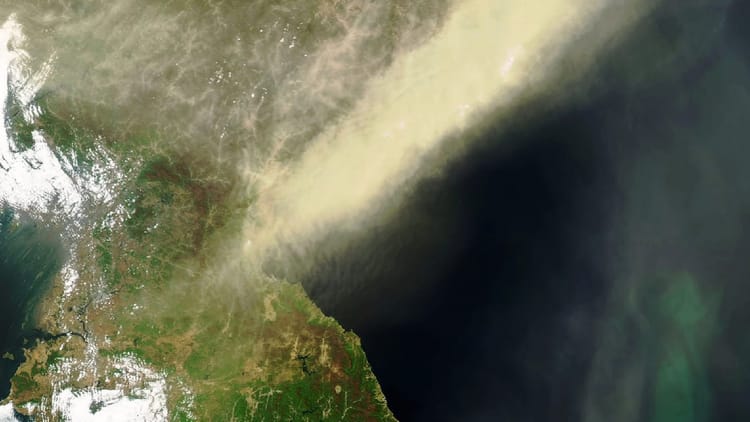Origin story

On May 26, U.S. President Joe Biden ordered intelligence agencies to produce a report within 90 days on the origins of the novel coronavirus that causes Covid-19. That order followed weeks of increasingly intense media coverage of the hypothesis that the virus was released from China’s Wuhan Institute of Virology, located in the city that recorded the first cases of Covid-19. At the moment, there’s no new evidence supporting the lab-leak theory, and few virologists say that a lab leak is a more plausible origin than transmission of the virus from animals to humans. So what do we actually know and not know about where the virus came from?
Angela Rasmussen is a virologist with the Vaccine and Infectious Disease Organization at the University of Saskatchewan. Rasmussen says the weight of currently available evidence favors the theory that the virus jumped from animals to humans outside a laboratory, but there’s no conclusive proof of it—or any other theory. In fact, we might never find a definitive answer to the question of where the virus came from. Which may be frustrating; scientifically, understanding the origins of the virus is important. But it’s not urgent. What’s urgent, Rasmussen says, is improving international emergency preparedness, biosafety standards, and the means of vaccinating the world’s population—for managing the impact of this pandemic and the next …
Michael Bluhm: What’s the evidence for the possible origins of the virus?
Angela Rasmussen: The WHO mission laid out in March four potential origin scenarios. One is the idea that the virus was imported into China from elsewhere, either in frozen food or on the packaging of frozen food. There are political reasons for giving that credibility. It’s been promoted by a lot of scientists within China. But there’s a very broad consensus internationally that this is extremely unlikely.





